How to Hardwire a Dishwasher (Siemple Steps)
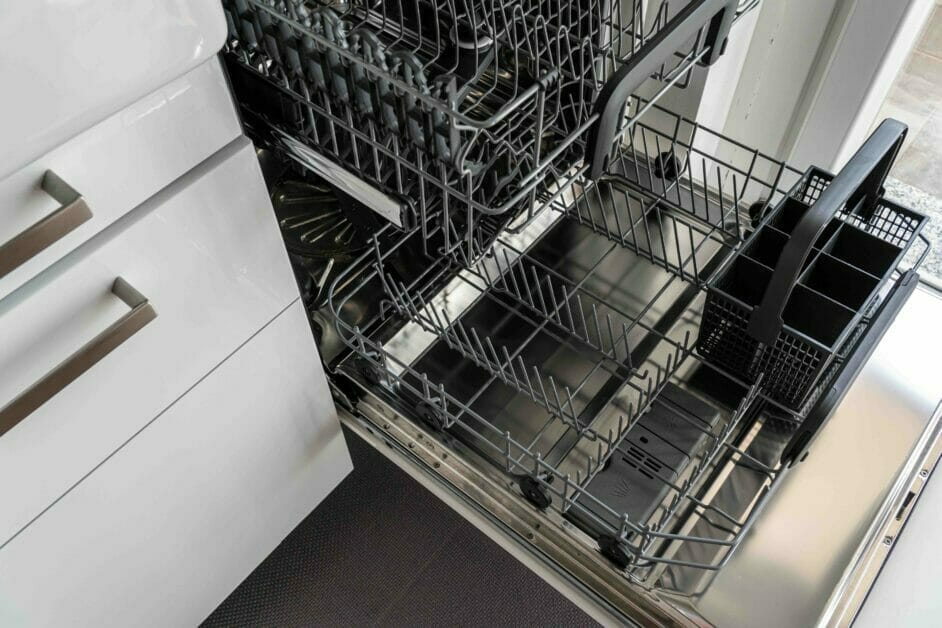
A dishwasher is one household appliance you can hook directly to an electrical panel circuit instead of simply plugging its cord into an outlet.
However, doing so requires knowledge of and competency in wiring and ensuring it operates efficiently. The dishwasher should have a manual containing a wiring diagram you can follow to hardwire it. But if it’s too complicated or you don’t have it, I’ll guide you through the process.
Let’s get into the details below.
To Hardwire or Not
Hardwiring a dishwasher connects it directly to your household’s electrical system or other main power source.
It’s not uncommon to hardwire high-power and 240-volt appliances. It provides them with full access to the current required to perform efficiently and reduces the chances of an accident due to heavy electrical energy consumption. Some dishwashers are even required to be hardwired and hooked up to the home plumbing system directly. We will focus on the electrical wiring part.
However, one downside is that you must disconnect the power to the entire circuit when doing maintenance on the dishwasher. It would be much easier to remove the plug if it was not hardwired, i.e., plugged in.
Requirements
Generally, you combine the same wires from the appliance and panel (hot, neutral, and black) using wire nuts or some other connectors and tuck them inside the dishwasher’s metal, fire-retardant box at its base. Then, connect an extra wire from the bare/green joint to the dishwasher’s metal frame, such as a screw or clip.
Let’s go through this procedure in detail. First, get these items ready:
- Tool: Screwdriver, wire stripper, pliers
- Materials: Wire caps or nuts (twist on), cable clamps, electrical tape
Before You Begin
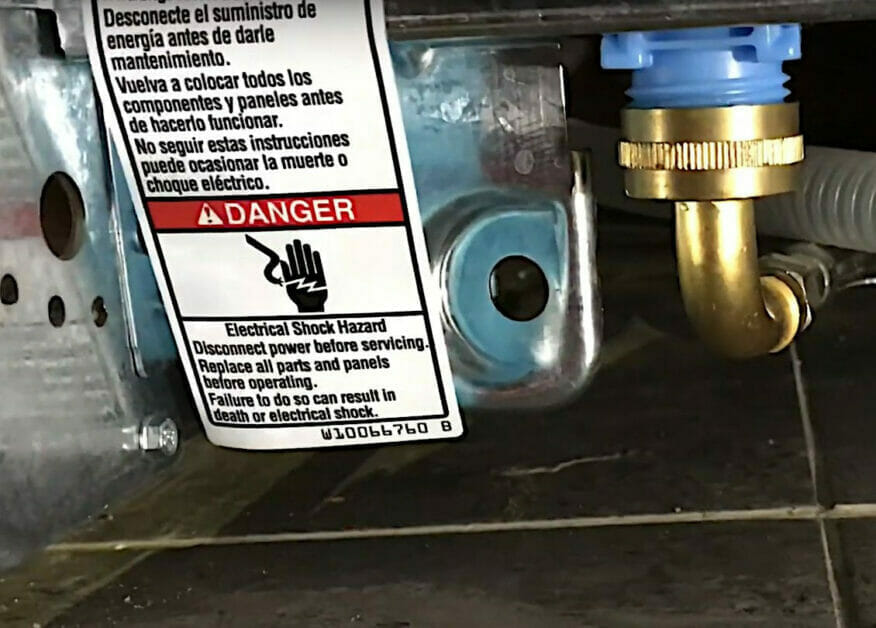
Shut the power off to the circuit before working on it. I will remind you in Step 2.
Remove the dishwasher from its place and disconnect it from the water supply and drain hose as well.
Check the Manual and Code
Check the manual for your particular dishwasher, as the wire colors and connections may vary.
Here, we will follow the typical scheme, which is black and red for hot, white for neutral, and bare copper or green/yellow for ground.
Also, your local regulations may require installing a switch within sight of the appliance, even if it’s hardwired, and for the dishwasher to be on a dedicated circuit.
Hardwiring a Dishwasher
Step 1: Identify the Circuit and Wires
Identify the circuit breaker in the main panel that controls the circuit on which you want to hardwire the dishwasher.
Also, identify where the wires go into the dishwasher.
Step 2: Turn the Breaker Off
Turn the breaker off for the circuit you will be working on. Double-check using a tester to ensure the circuit has no power.
If the dishwasher doesn’t have a circuit, you will have to create one for it and install a new circuit breaker (but keep it switched off). Run the cable to a junction box behind the dishwasher (or internal one if built in).
Step 3: Drill a Hole
You may need to drill a hole in the back of one side of the cabinet where the dishwasher is located to route its wire to the junction box. It depends on where your dishwasher is located.
If this applies to you, drill a hole approximately ¾ of an inch in diameter. Sand the edges to make them smooth using medium-grit sandpaper.
Step 4: Run the Wires
Run the dishwasher’s wires through the hole you created in Step 3 to the junction box.
Pass them through the grommet at the bottom of the junction box to connect with those in the terminal box for the hardwire connection. Use cable clamps if necessary to keep the cables in place.
Step 5: Open the Outlet
Open the dishwasher outlet’s faceplate and remove the wires by loosening the terminal screws.
You should now have a box with wires sticking out (and no outlet). Ignore this step if there is no outlet.
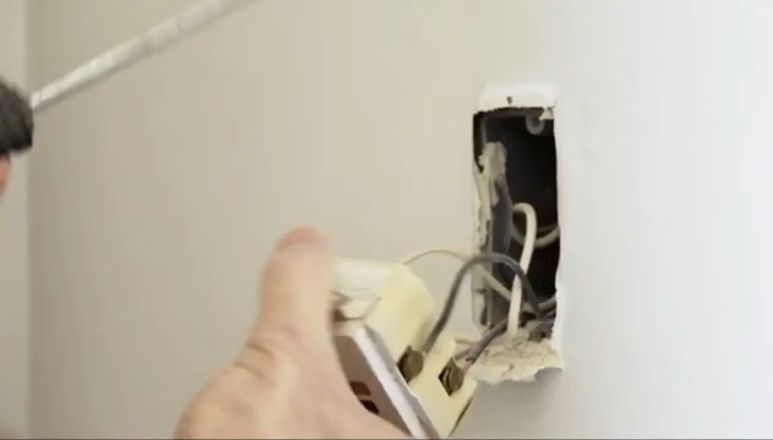
Step 6: Prepare the Junction Box
Unless you already have a separate junction or terminal box behind the dishwasher, you can convert the outlet into one.
Some dishwashers come with a built-in terminal box like the one below. It should have points for all the connectors inside and a waterproof cover (instead of the faceplate).
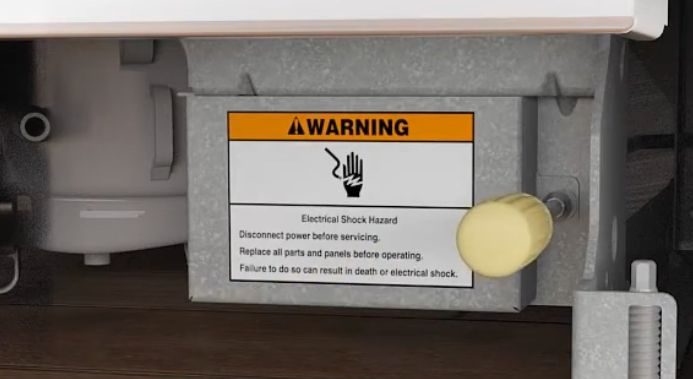
Step 7: Strip the Wires
Strip approximately one inch off the ends of both cables’ wires, i.e., the one from the dishwasher and the panel.
Use a wire stripper. You won’t need to strip the ground wire if it’s bare copper (instead of a green or yellow insulation layer).
Step 8: Ground the Appliance
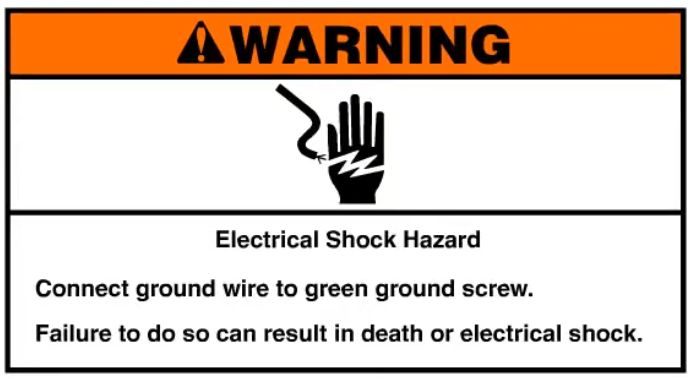
Ground the appliance by connecting the ground wire joint to a grounding connection.
The grounding connection can be a mounting screw on the junction box or another metal point.
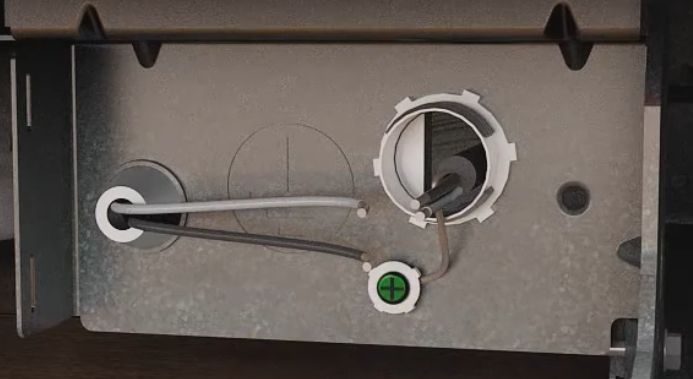
Step 9: Splice Corresponding Wires
Splice the other corresponding wires from both cables.
Splicing means to join the wires together. One easy way to do this is to twist the conductors around each other. Do it clockwise using pliers.
Only join the SAME wires, i.e., black to black, white to white, and ground to ground. If the two ground wires differ, it doesn’t matter. Join them together, as long as you’re sure they are both ground wires (bare copper, green, or yellow), along with an extra short piece for the grounding connection.
If it’s a 240-volt dishwasher, you will also have extra red wires to join, which are hot like the black ones, to provide 3-phase power.
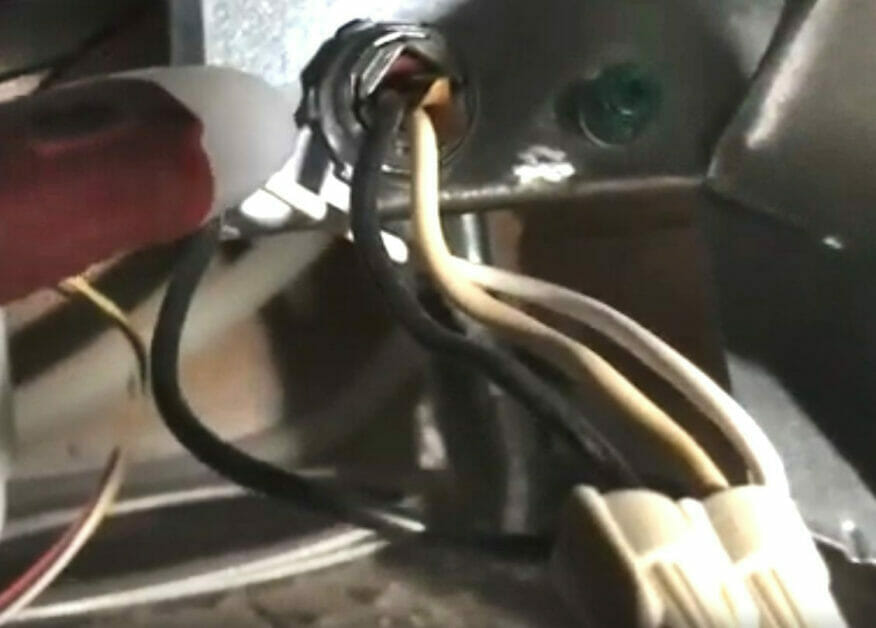
Another view of the three connections which includes the grounding.
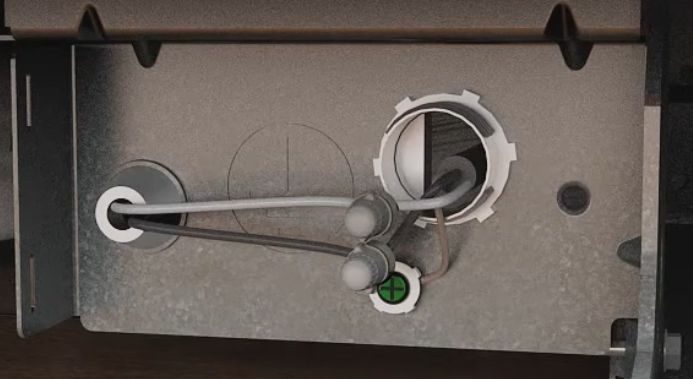
Step 10: Cap the Wire Joints
Cap each of the three wire joints using wire caps.
Step 11: Tuck the Wires
Tuck all the wires inside after joining and capping the same wires and grounding the appliance.
Step 12: Attach the Cover
Attach the cover to the junction or terminal box. Ensure all the nuts are tight.
You can now push the dishwasher back into place after reconnecting the water supply and drain hose.
FAQ: So, You’re Thinking About Hardwiring Your Dishwasher?
Q: Why would I even consider hardwiring a dishwasher when I can just plug it in?
A: Well, some folks believe that giving their dishwasher a direct power line is like giving it the VIP treatment. It ensures that high-power appliances get that uninterrupted energy flow they crave. Plus, in some places, the rules might even ask for it!
Q: Does this mean my dishwasher becomes a super cleaner with hardwiring?
A: Not really, champ! While it’s getting power straight from the source, how well it cleans your dishes still boils down to its design and, well, how dirty those dishes are. But, it does guarantee that your machine isn’t missing out on any power due to some pesky faulty plug.
Q: I’m no electrician. Is this hardwiring thing risky?
A: Well, like any DIY home project, if it involves wires and power, you’ve got to be on your toes! Mistakes can mean shorts, unwanted sparks, or a surprise jolt. Always play it safe: shut off the power, read that manual, and when in doubt, call in the pros!
Q: So, can I give any dishwasher the VIP hardwire treatment?
A: Most of them, yes! But always, always check that manual or give the manufacturer a shout. Some dishwashers are like rockstars that only use certain mics, and others? Well, they’re just cool with what they’ve got.
Q: What if I decide to hit the road? Can I switch it back?
A: Absolutely! If you’re taking your show on the road and moving houses, you can get that hardwired dishwasher back to its plug-in roots. A bit of rewiring might be in order, but if it’s all Greek to you, don’t hesitate to call an electrician.
Q: Does hardwiring make my wallet cry?
A: The initial setup? It might cost you a bit more, especially if you get the pros involved. But over time? There’s hardly any difference in running costs between a hardwired dishwasher and its plug-in buddy.
References
Video References:
High Ridge Handyman
Homeguideinfo
W Service
